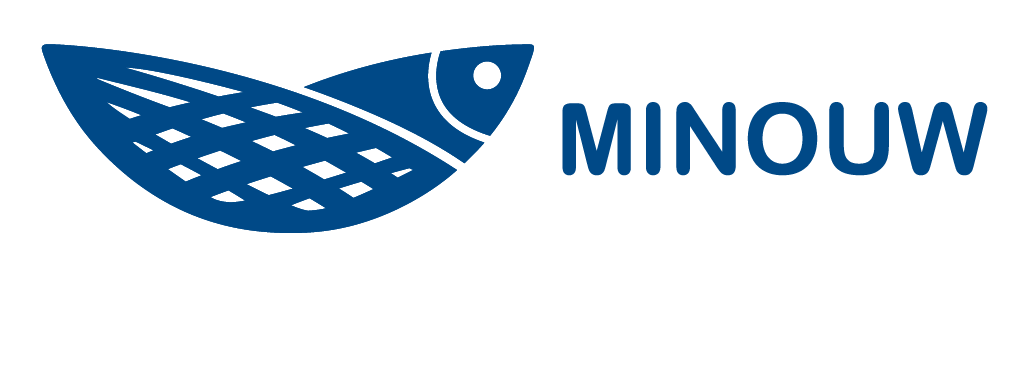Evaluating whether use of light technology and alternative fishing gear can improve catch efficiency and reduce by-catch in deep-water crustacean fisheries.
MINOUW partner & Lead scientist:
CCMAR (Centro de Ciências do Mar do Algarve), Margarida Castro
Fishing method and species:
Bottom otter trawl: 70 diamond mesh for Norway lobster (Nephrops norvegicus), two species of deep-water red shrimp (Aristeus antennatus and Aristaeomorpha foliacea) and the scarlet shrimp (Aristaeopis edwardsiana); 55 diamond mesh for Rose shrimp (Parapenaeus longirostris).
What activities did the MINOUW project carry out?
- Evaluating if light technology can be used to reduce by-catch.
- Evaluating if light technology can be used to improve catch efficiency of Norway lobsters caught by alternative fishing gear (pots).
- Testing if catch efficiency of Norway lobsters caught alternative fishing gear (pots) be improved by changing soaking time.
- Testing if alternative fishing gear (pots) can be used to catch rose shrimp.
- Evaluating if light technology can be used as a lure in rose shrimp traps.
What outcomes were expected?
- To reduce by-catch produced by otter-trawling when targeting deep-water crustaceans;
- To improve the catch efficiency of alternative fishing gear (pots) when targeting deep-water crustaceans.
Results
To date, the results have not made it possible to assess the real impact of lights.
For a full summary of results download the PDF here: (637kb)

